SQLite3 Queries: Database Implementation Assignment - Fall Semester
VerifiedAdded on 2021/05/31
|6
|531
|66
Homework Assignment
AI Summary
This document presents solutions to a database assignment focused on SQLite3 queries and database implementation. The assignment covers both Data Manipulation Language (DML) and Data Definition Language (DDL) queries. DML solutions include queries to retrieve data based on specific criteria, such as product codes, vendor details, customer balances, and invoice information. DDL solutions involve adding a new attribute to a table and updating existing records. The assignment also demonstrates how to delete records. The document includes a bibliography with relevant sources. Desklib provides this and other resources for students to aid in their studies.
1 out of 6
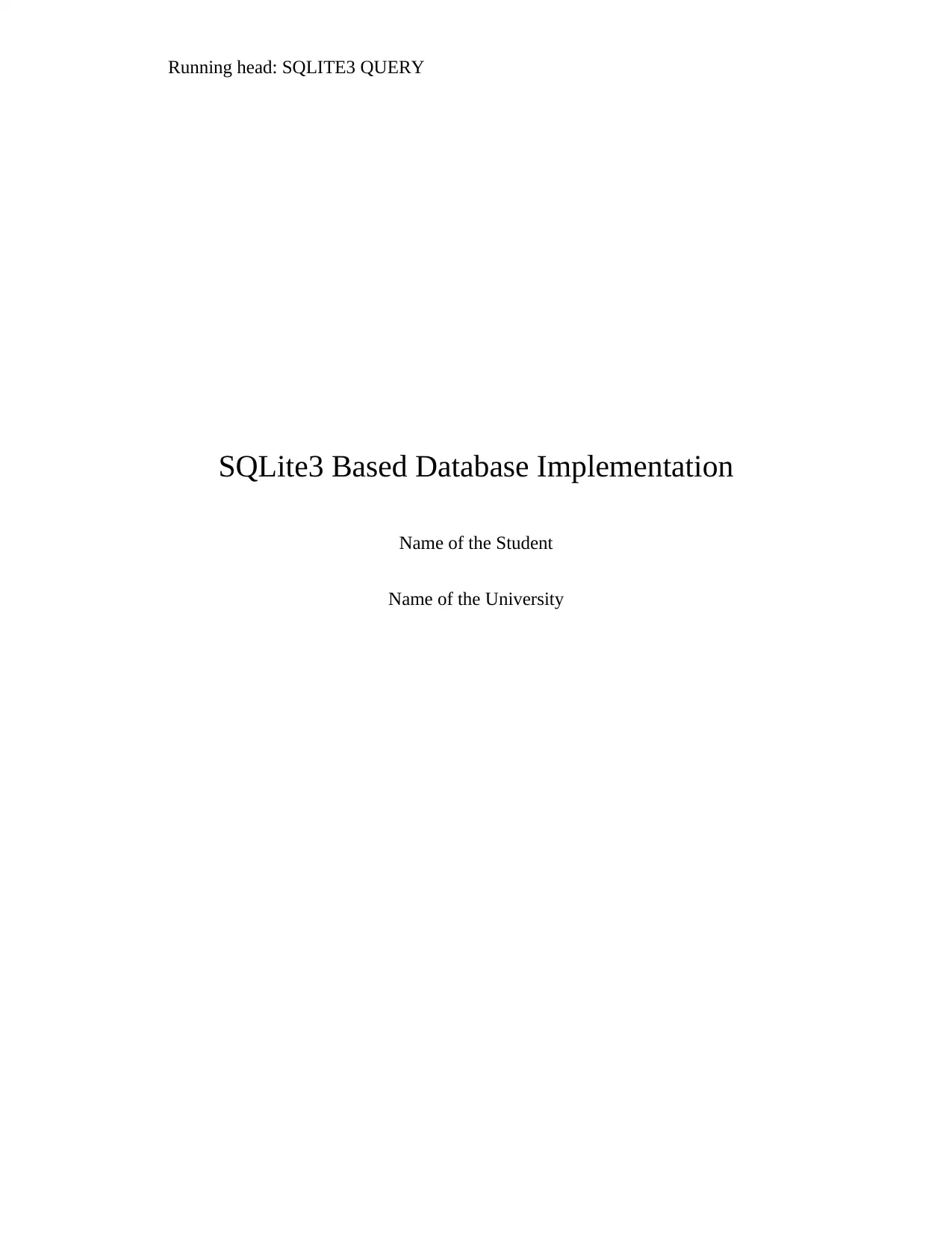
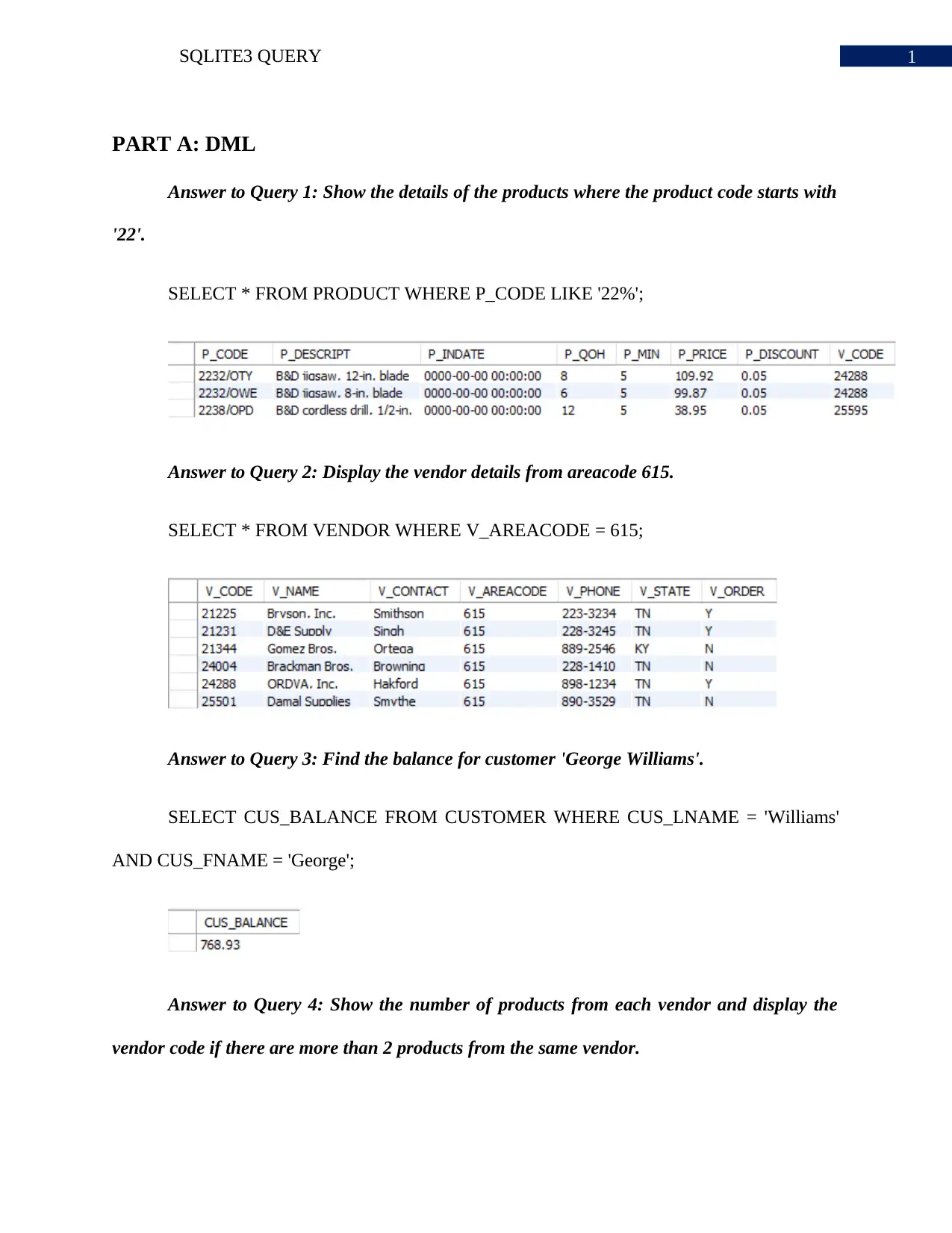
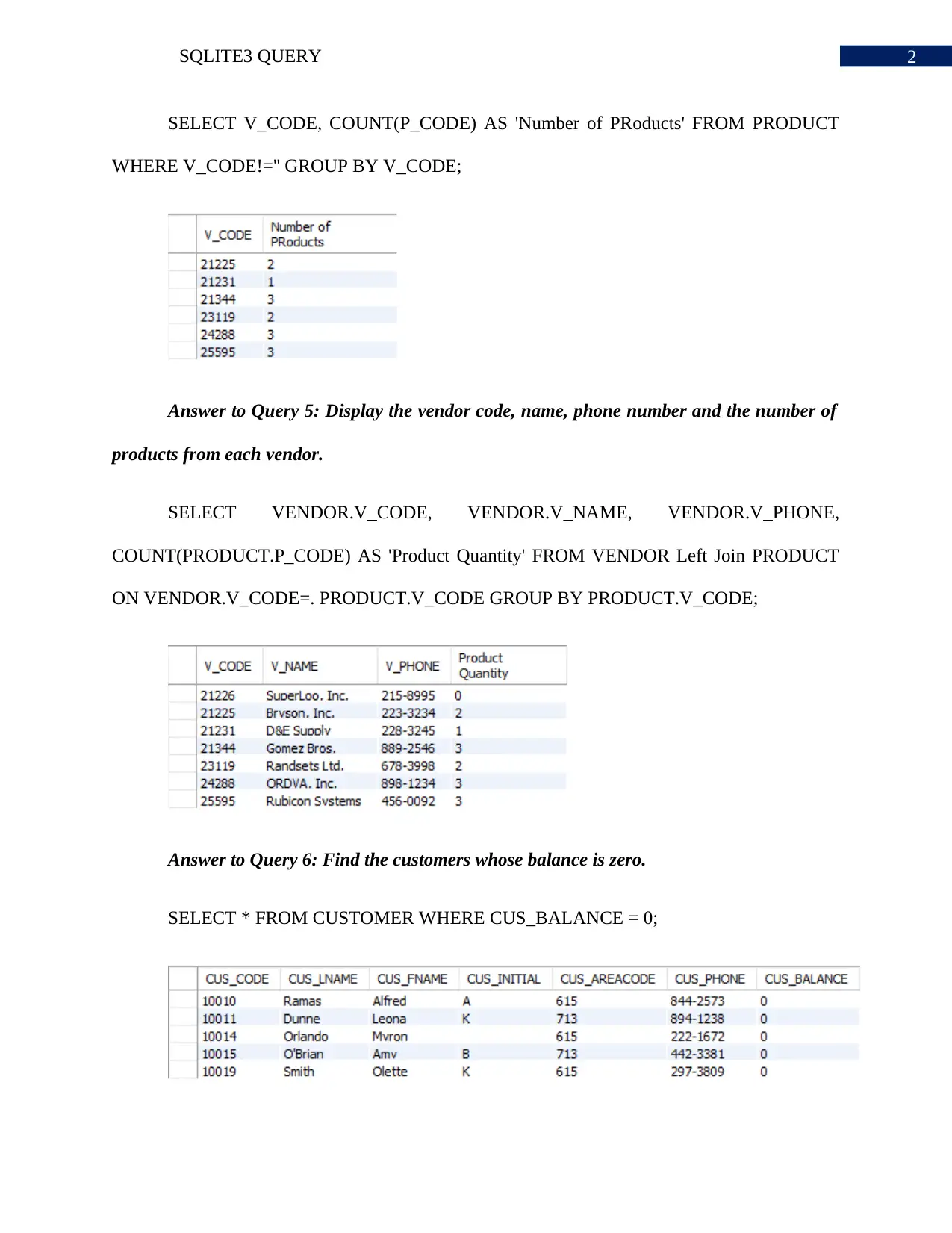

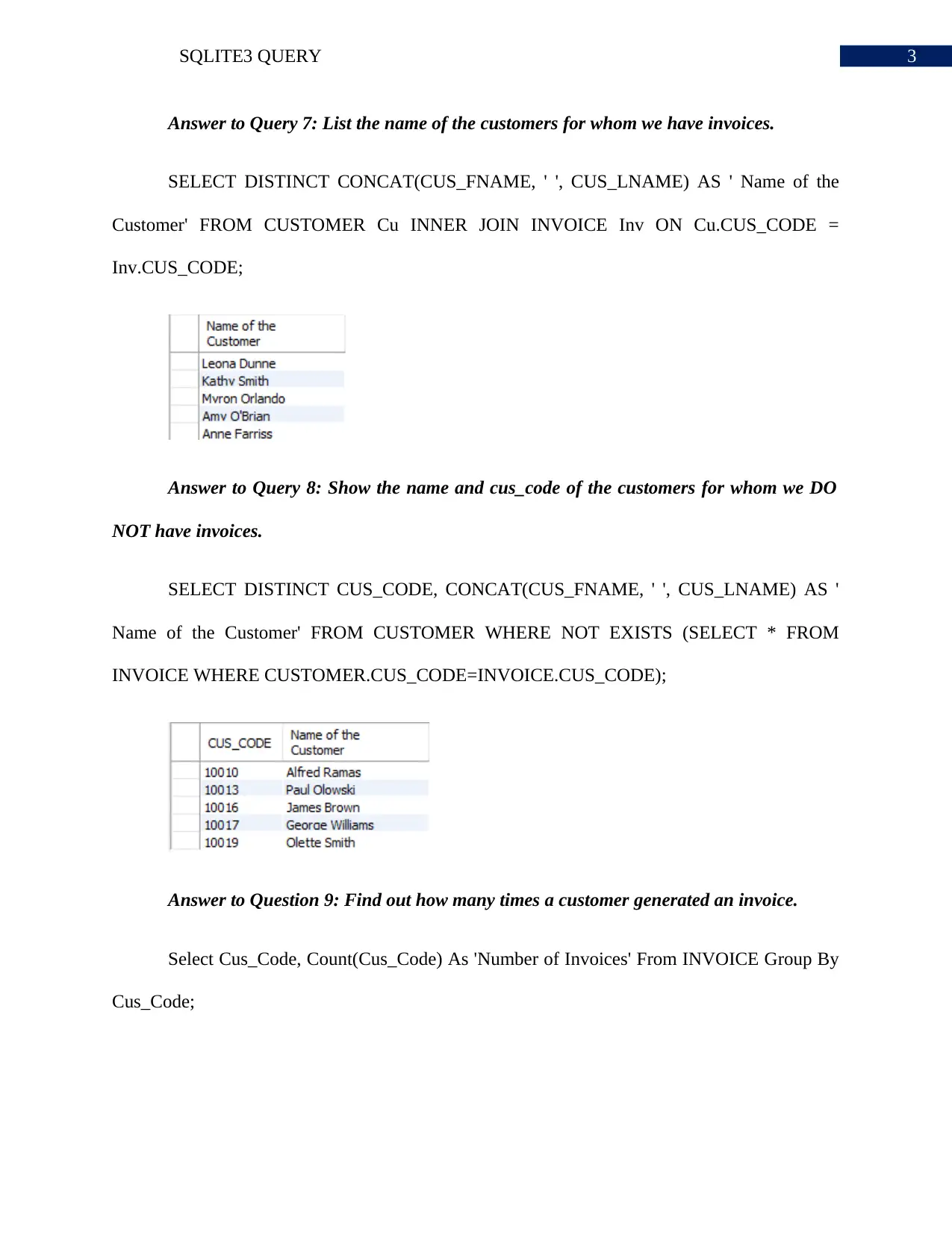
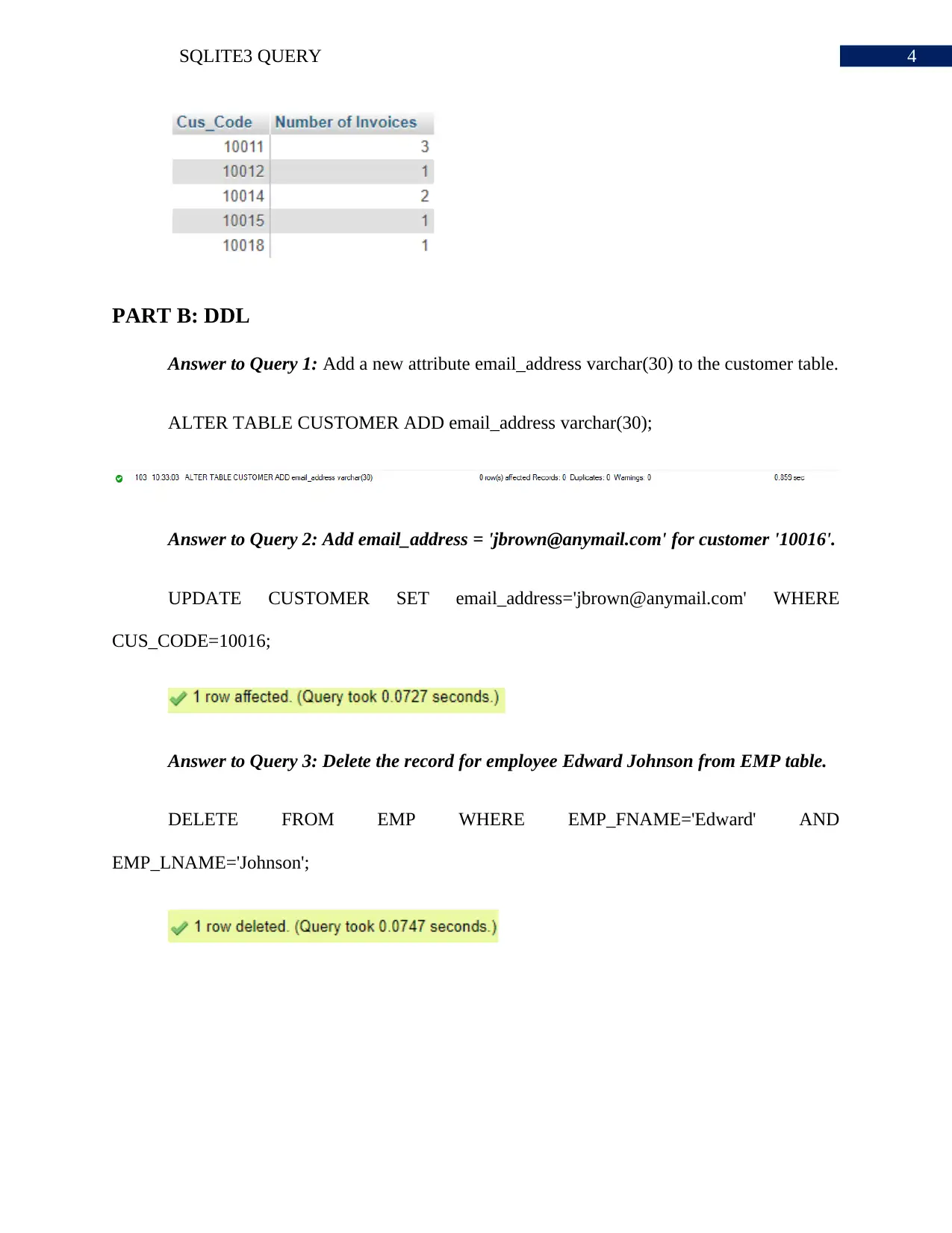
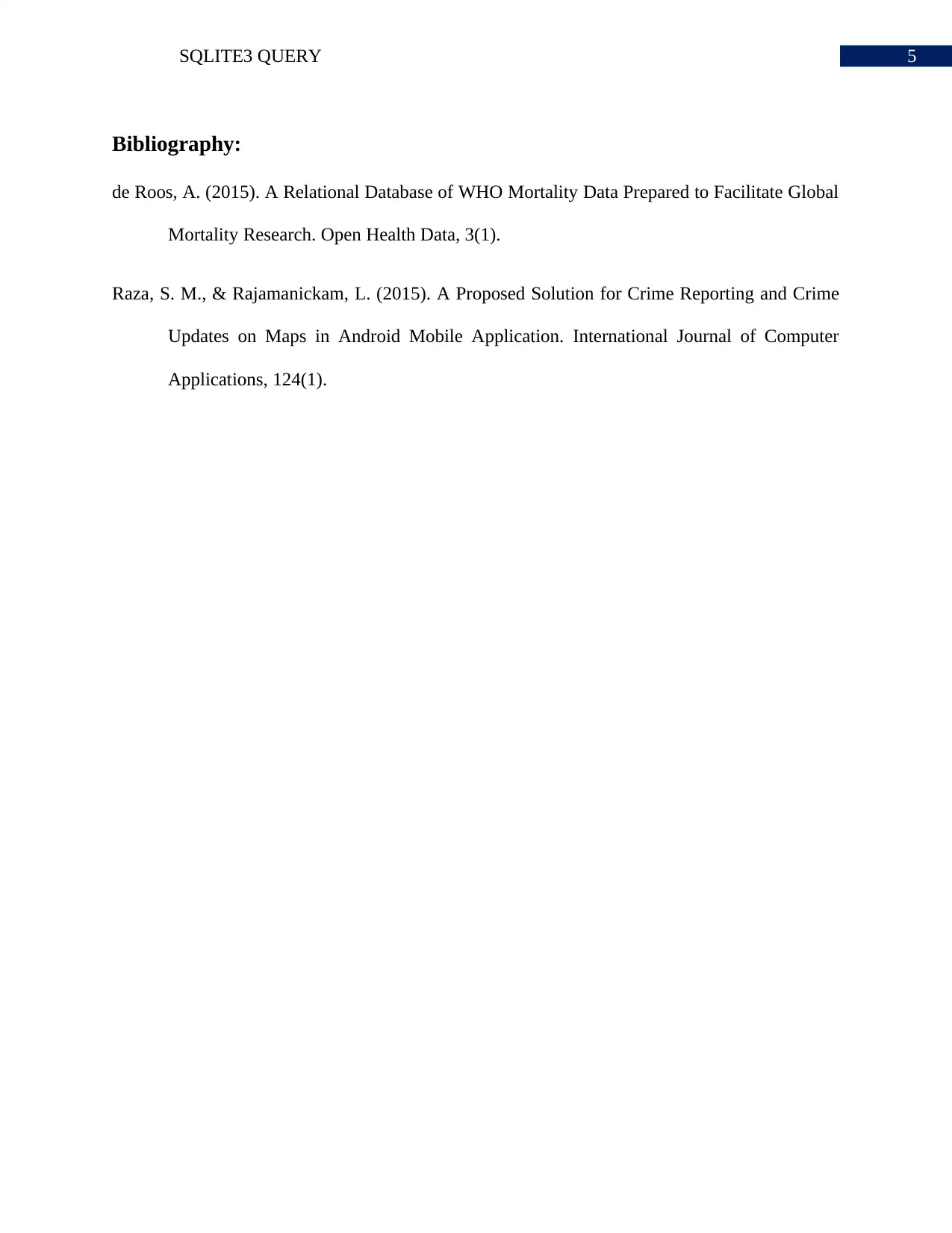






![[object Object]](/_next/static/media/star-bottom.7253800d.svg)